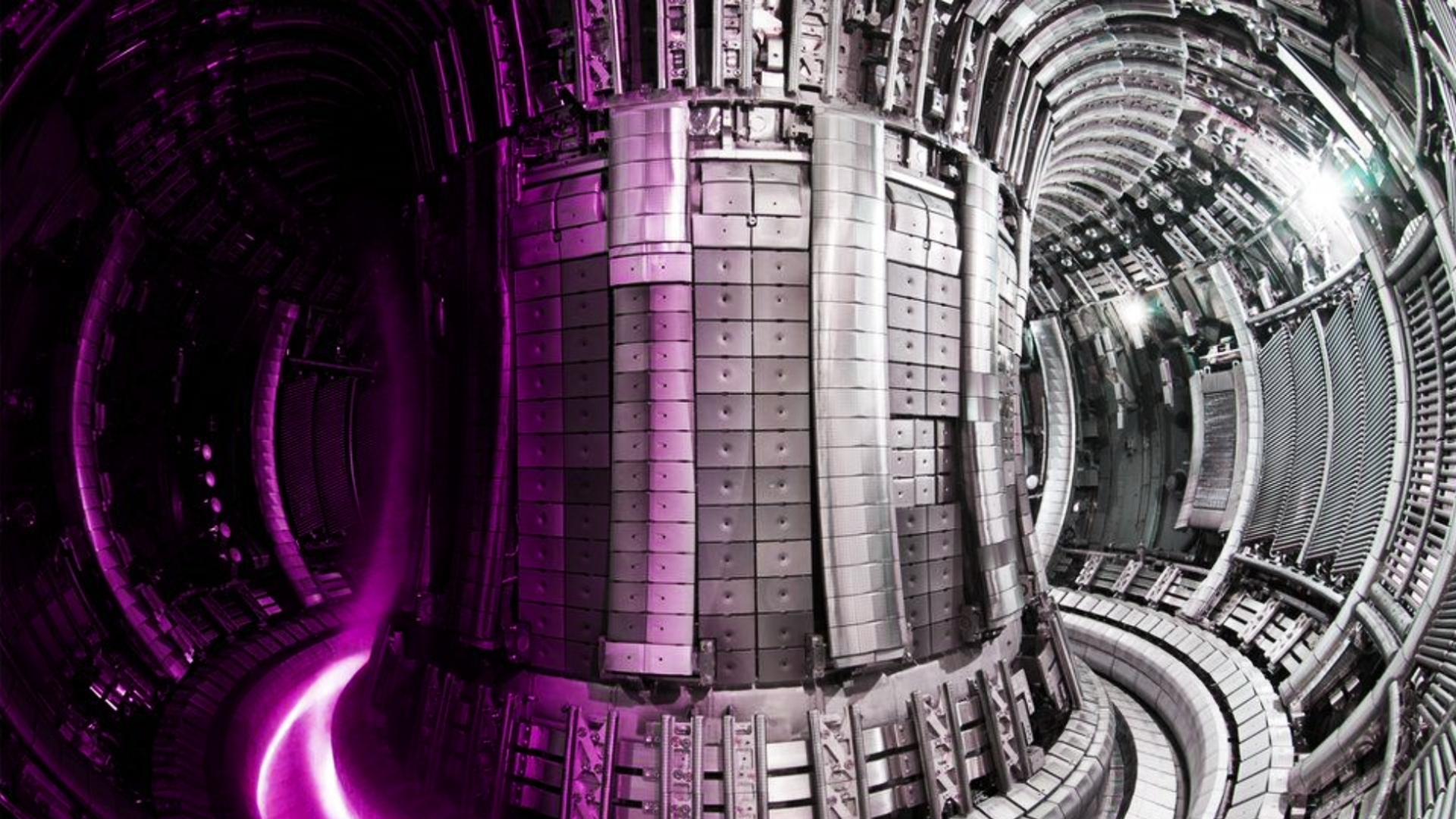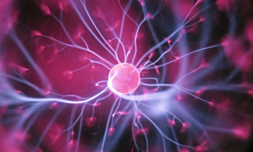EU scientists say they have made a major breakthrough in the quest to make nuclear fusion – the limitless energy source that powers the stars – harnessable for humanity one day.
As it stands, the bar for scientific achievements in nuclear fusion isn’t exactly high, but we are, at least, continuing to raise it.
Harnessing the unlimited power of the stars may well be key to sustainably powering the globe for centuries. But whether we can replicate this other worldly chemistry on Earth within this century is anyone’s guess.
Just for context, a fully firing fusion plant – the like of which we’ve yet to engineer to scale – would reportedly generate 30 times the energy it expends, and offer up 10 million times the energy of burning coal… all without damaging the atmosphere or leaving behind waste and radiation.
That mind-boggling prospect has had physicists chasing cars for decades, but only now are we starting to see genuine in-roads to making it seem half plausible.
If you’re unsure of exactly what fusion is, here’s a brief science lesson. The process works on the principle that energy can be released by forcing together atomic nuclei, rather than splitting them (which is the case with nuclear fission).
In the core of the sun, seismic gravitational pressure sees such energy released at 10 million Celsius. Lower pressures on Earth mean we have to artificially create much higher temperatures – above 100 million Celsius – to achieve any measurable output.
Finding material able to survive such heat is frankly impossible, and so laboratory fusion is achieved by trapping super-heated gas or plasma inside a doughnut-shaped magnetic field.




















